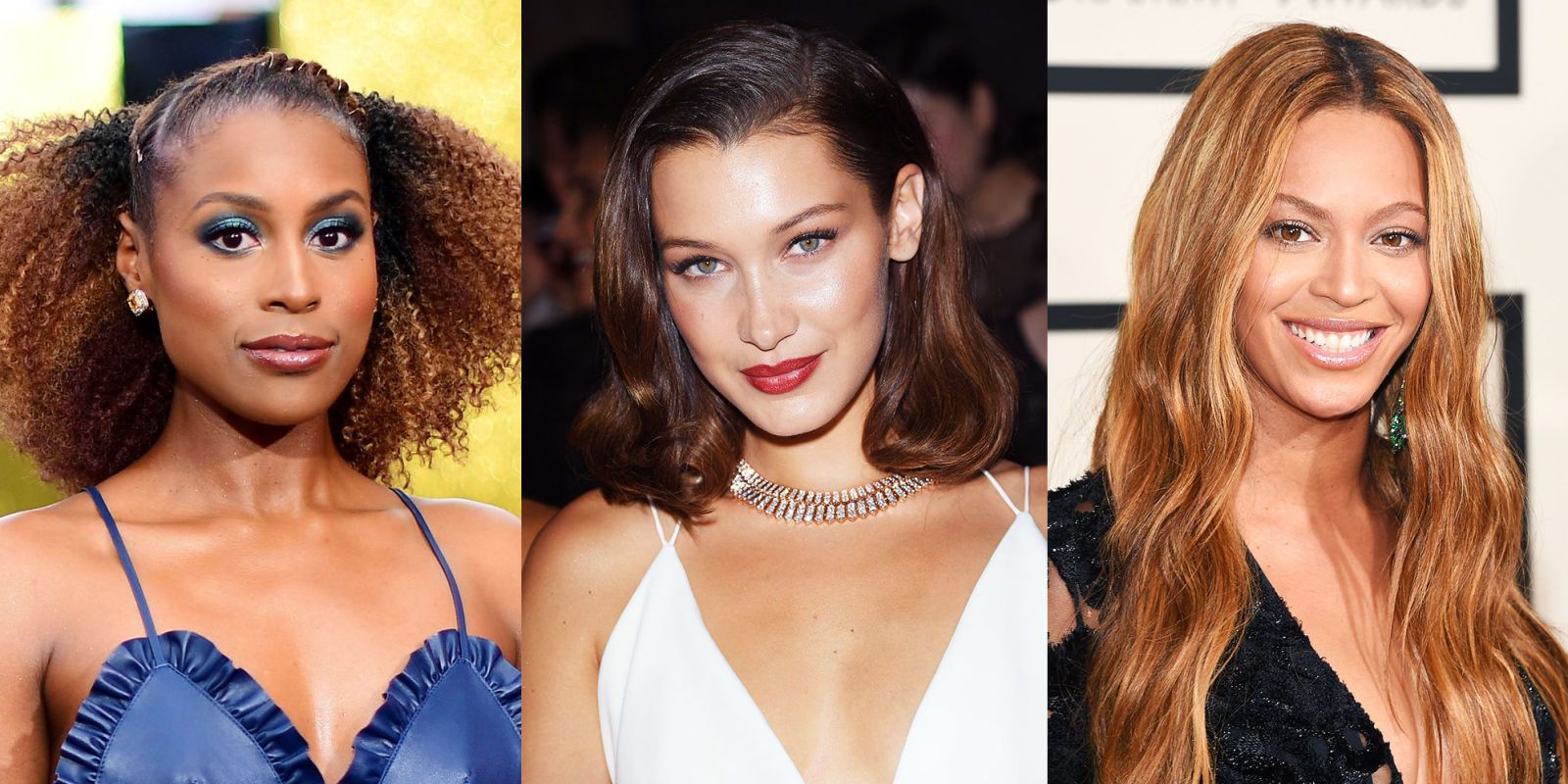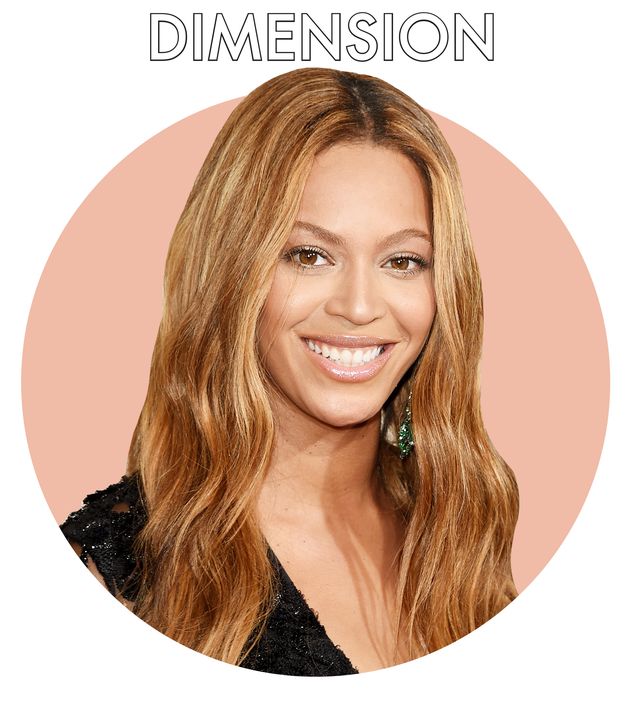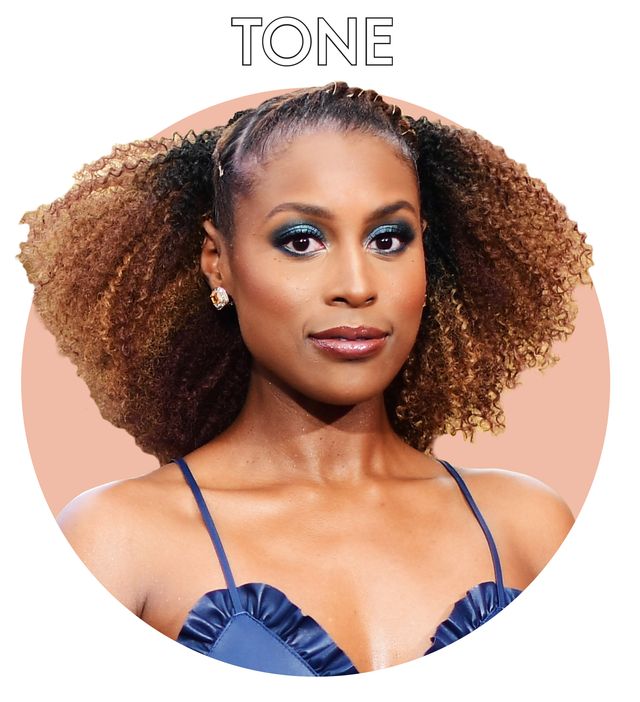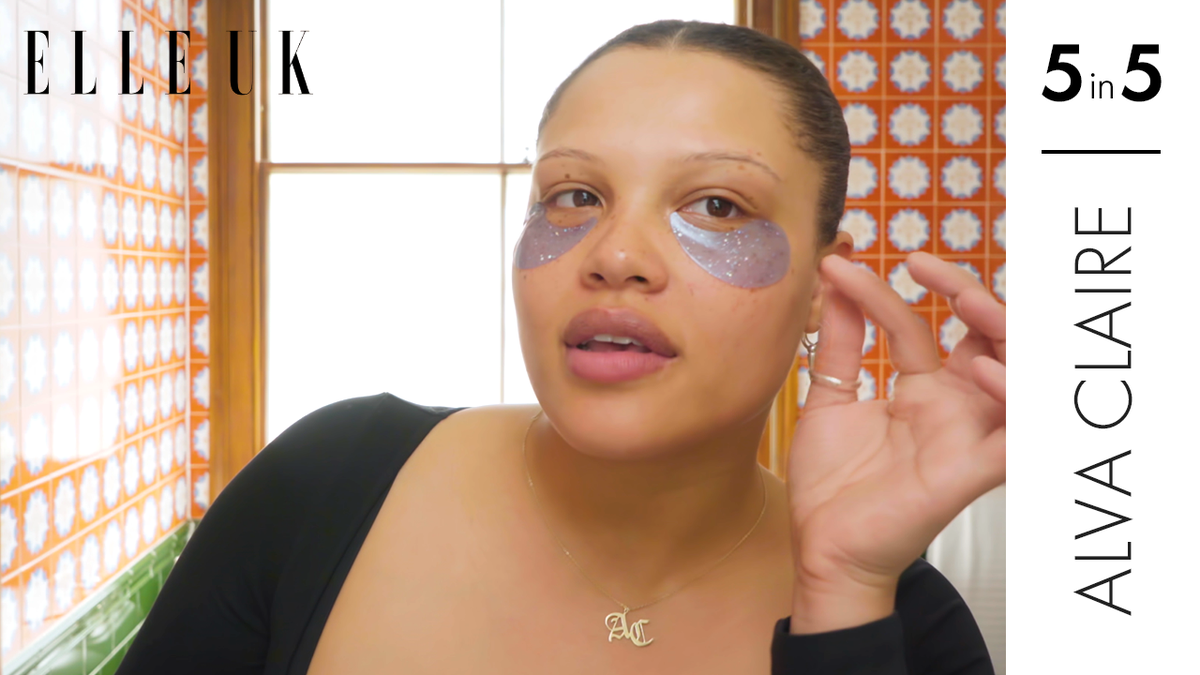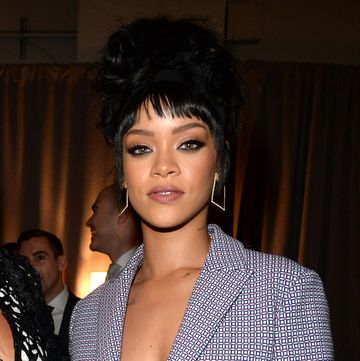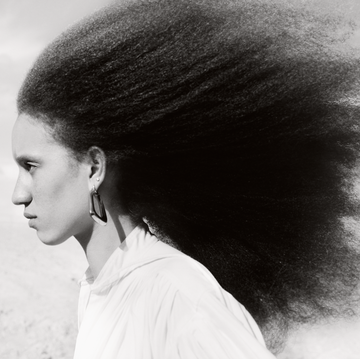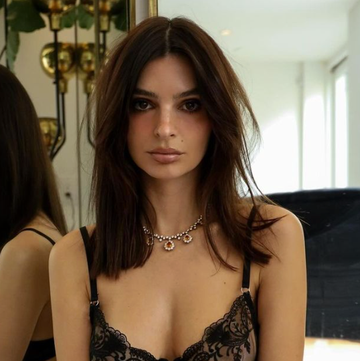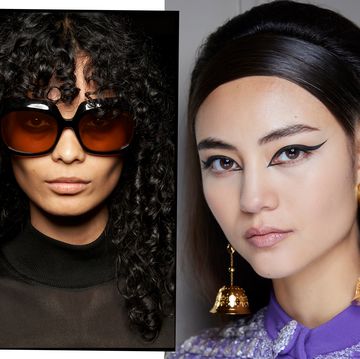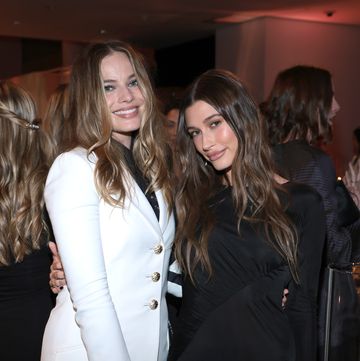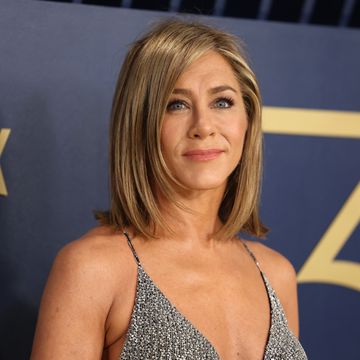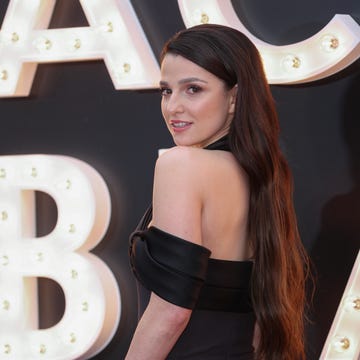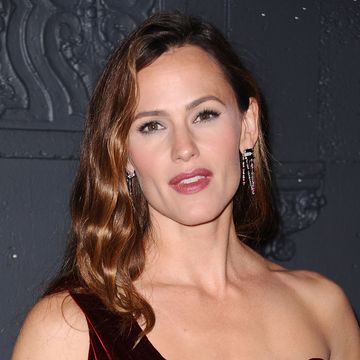If you've ever walked out of a hair colour appointment with an entirely different hue than the one you envisioned; you are not alone. Between choices like honey, strawberry, caramel, and mocha, describing your desired shade can get complicated.
Case in point: When presented with the same photo of Jennifer Aniston, three celebrity colourists described her particular shade of blonde as 'dark blonde with sandy highlights,' 'golden highlights for contrast,' and 'darkly rooted blonde with a lot of dimension.' Lost in translation—it's a thing.
Below, a breakdown of the most commonly used terms and how each one applies to your hair.
Base colour: The primary tone and depth (lightness or darkness) of your hair.
'This is the color that is applied to your roots before adding any contrast or colour technique,' Christophe Robin, a French colourist known for his eponymous hair care brand, says. Your base can be either natural or dyed, but regardless it is the starting point for your hair colour decisions.
How to use it in a sentence: My base colour is dark brown.
Highlights and lowlights: Highlights are sections of strands that are two to five shades lighter than your base colour. Lowlights are sections of strands that are two to three shades darker than your base colour. Both help to create dimension. '[Lowlights] usually add a little bit of warmth and a more natural look,' Robin says. Meanwhile highlights brighten the overall colour of your hair for a sun-kissed look.
How to use it in a sentence: Highlights and lowlights will give my hair more depth.
Dimension:The secondary tones of your hair created through varying light and dark contrast.
'Dimension isn't necessarily lighter. It can be darker tones or even slightly different tones to create variety of light or dark or both in the hair,' says Robinson.
How to use it in a sentence: Hair that is dyed all one color lacks dimension.
Tone:The reflection of color in your hair.
'It's a term to describe a specific color, such as golden blonde, coppery red, [or] ash brown,' Robin says. 'All tones can be divided into two categories: warm and cool.' Warm tones include golden blonde, strawberry blonde, copper, brown-black, and mocha, while cool tones are platinum, ash blonde, true red, auburn, and obsidian black. There are countless ways to describe the same shade of hair, so vocalising the tonal range you want is actually more helpful to your stylist.
Tracey Cunningham, who embellishes the heads of models like Chrissy Teigen, as well as Atomic Blonde herself Charlize Theron, clarifies: 'Cool tones reflect bluish or greyish reflections; warm tones reflect sunset tones of coppers and reds.'
How to use it in a sentence: My hair is ashy blonde, so it has cooler tones.
Contrast: The degree of light to dark between opposing tones.
From the depth of your base to the brightness of your highlights, this refers to the differences in color within your hair. Those going for a more subtle look should be mindful when discussing contrast: 'Usually colourist and clients will use the word contrast if they want depth and highlight to look bolder and not subtle,' celebrity colourist Marie Robinson says. High-contrast highlights are much lighter than the base color while low-contrast highlights will look more natural.
How to use it in a sentence: I would like highlights with low contrast to my base colour.
Once you've established the look you want, convey two things to your colourist: your hair care habits and your personality.
'I always ask what a client's lifestyle is and how much maintenance they are willing to put into their colour,' Cunningham says. A full head of bleach, for instance, requires significantly more upkeep than a style that allows you to grow out dark roots.
If you're still worried about miscommunication, pictures are a language we can all understand. 'It's the best way to communicate with your colourist, 'Robin says, 'Bring pictures of what you love and hate!'
